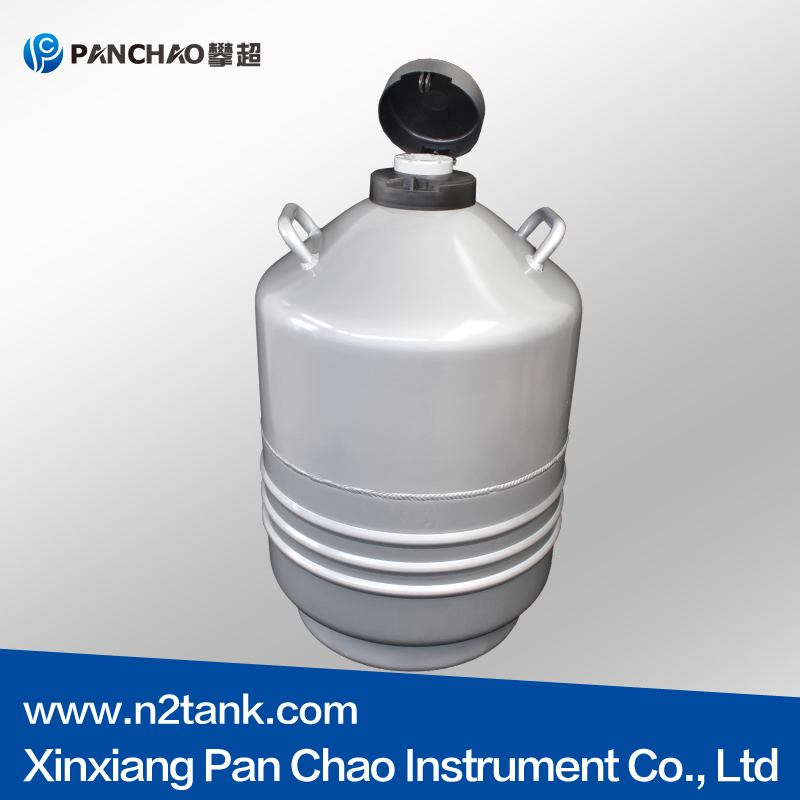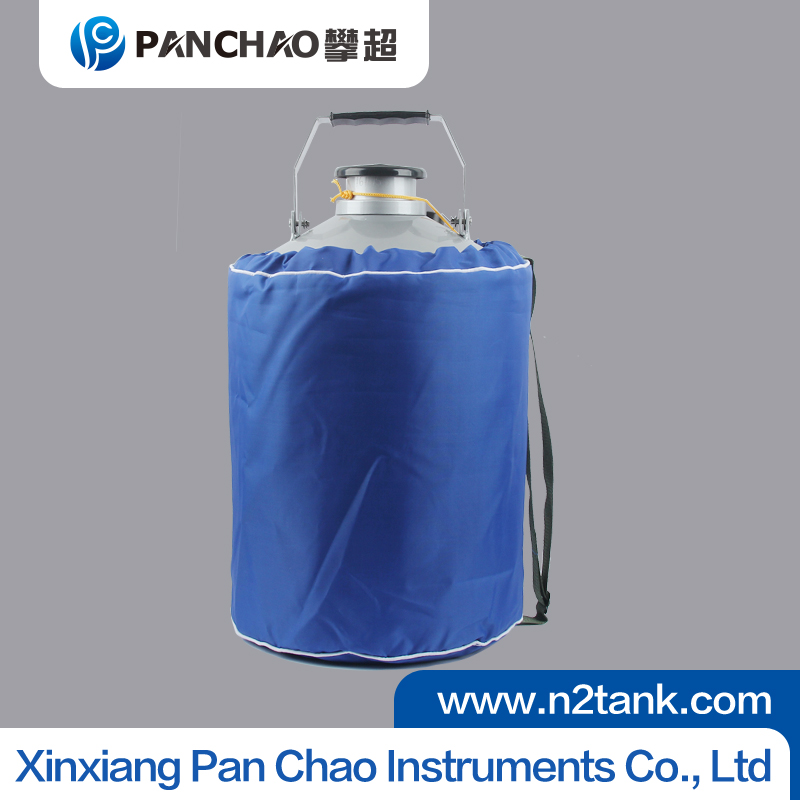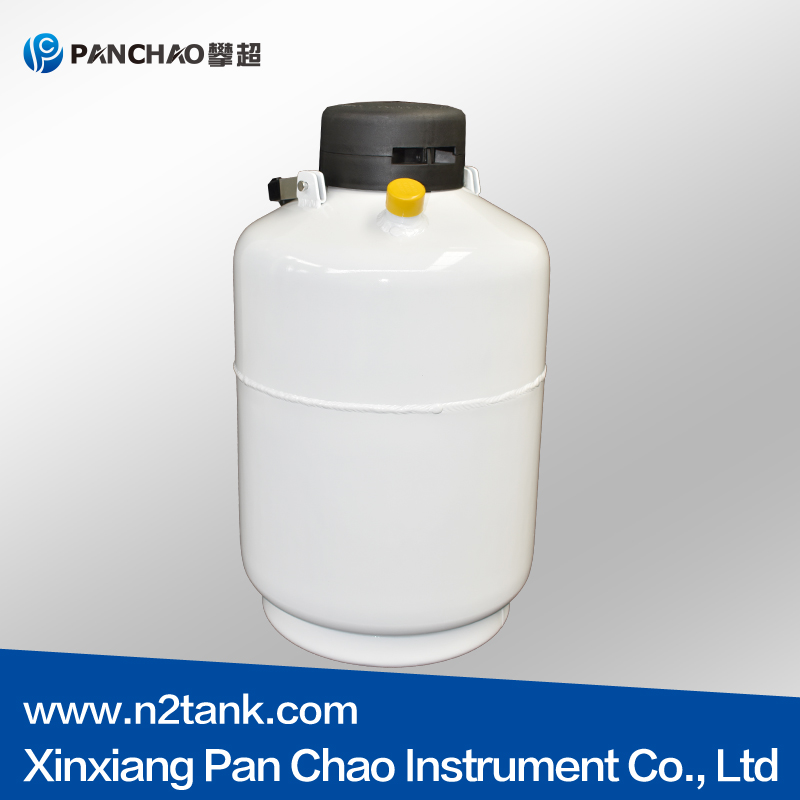Key Safety Considerations When Transporting Liquid Nitrogen Tanks
Transporting liquid nitrogen (LN₂) tanks demands meticulous attention to safety protocols, as improper handling can lead to severe risks including frostbite, asphyxiation, or even explosions. Whether you’re shipping samples between labs or delivering medical supplies, these essential guidelines will ensure safe transit.
1. Pre-Transport Inspection (Non-Negotiable Checks)
-
Vacuum Integrity Test
Verify the Dewar’s vacuum seal using a pressure gauge. A failing vacuum increases evaporation rates (>1.5× the rated static holding time indicates leaks). -
Pressure Relief Valve
Ensure valves operate at the specified PSI (typically 22–25 psi for standard tanks). Blocked valves risk tank rupture. -
Exterior Condition
Check for dents, ice buildup, or corrosion—all signs of potential failure.
2. Secure Loading & Handling (Physics Matters)
-
Orientation
Always transport upright (even a 15° tilt can cause LN₂ spillage). Use wedge restraints if needed. -
Vehicle Requirements
-
Ventilated cargo space (LN₂ evaporation displaces oxygen; O₂ monitors must alarm below 19.5%).
-
Non-slip surfaces (coefficient of friction ≥0.5) and shock-absorbent padding (min. 2-inch thick foam).
-
-
Restraints
Straps rated for 3× the tank’s weight, with load-bearing anchors. Sudden stops can exert 5G forces.
3. During Transit (Real-Time Monitoring)
-
Temperature/Pressure Tracking
GPS-enabled loggers should record internal conditions (LN₂ must stay below -196°C; pressure <15 psi). -
Avoid Thermal Shock
Never expose tanks to direct sunlight or heat sources—park in shade during stops. -
Driver Protocols
-
No sudden braking (deceleration <0.3G).
-
Stop every 2 hours to inspect tank stability.
-
4. Emergency Preparedness (Worst-Case Scenarios)
-
Leak Response Kit
Include cryogenic gloves, face shields, and a sealed venting hose to redirect gas outdoors. -
Medical Risks
LN₂ expands 700:1 when vaporized—ensure all personnel know asphyxiation first aid (e.g., move to fresh air immediately). -
Regulatory Compliance
-
For road transport: Follow DOT/ADR/UN1977 regulations (LN₂ is a Class 2.2 non-flammable gas).
-
Air shipments require IATA Special Provision A52 packaging.
-
5. Post-Transport Validation
-
Inspect Upon Arrival
Recheck vacuum levels and sample integrity. Document any deviations. -
Training Records
90% of incidents stem from human error—annual certified training reduces accidents by 75% (OSHA data).
Pro Tip: For large-scale shipments (>50L), hire DG-certified carriers with cryogenic experience—their failure rates are 10× lower than general freight services.
By prioritizing these details, you mitigate risks while preserving sensitive biologicals, electronics, or medical materials. Remember: In cryogenics, there’s no room for shortcuts
Relevant Information
- Here’s the Right Way to Clean and Defrost for Liquid Nitrogen Tanks
- Don't ignore the accessories of the liquid nitrogen tank
- Why does the liquid nitrogen tank need to be vacuumed regularly? Maintain detai
- How Long is the service life of a liquid nitrogen tank? Starting from materials
- What are the misconceptions when adding liquid nitrogen?
- How long is the service life of a liquid nitrogen tank? Starting from materials
- Is it safe to transport liquid nitrogen tanks? The design of wheels, handles, a
- Does the inner container determine everything? Deep analysis of core components
- Is liquid nitrogen evaporating quickly or not?
- What are the requirements for the lid of a liquid nitrogen tank? Don't underest
Latest Products
- 110m3 double wall cryogenic Liqu
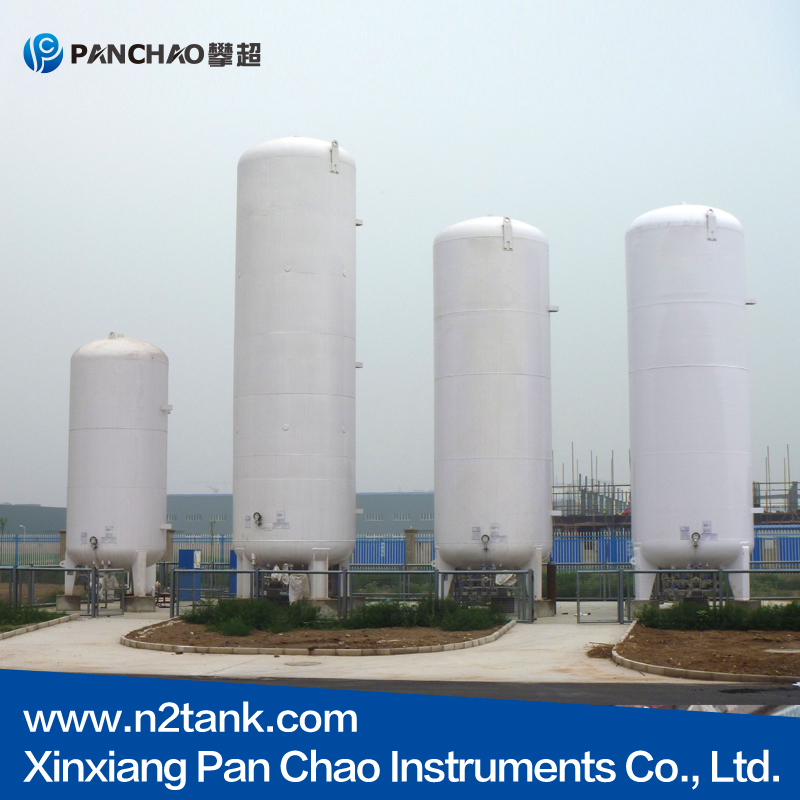
Cryogenic Liquid Tanks are available in vertical or horizonta...[more]
- 2vertical stainless steel pressu
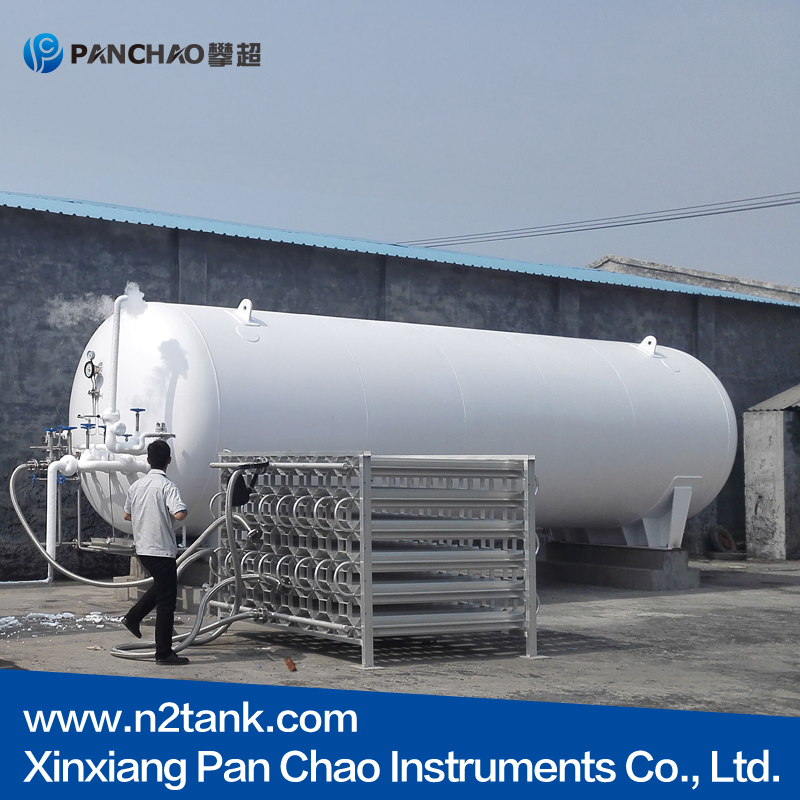
Cryogenic Liquid Tanks are available in vertical or horizonta...[more]
- 310 cubic meters cryogenic Liqui
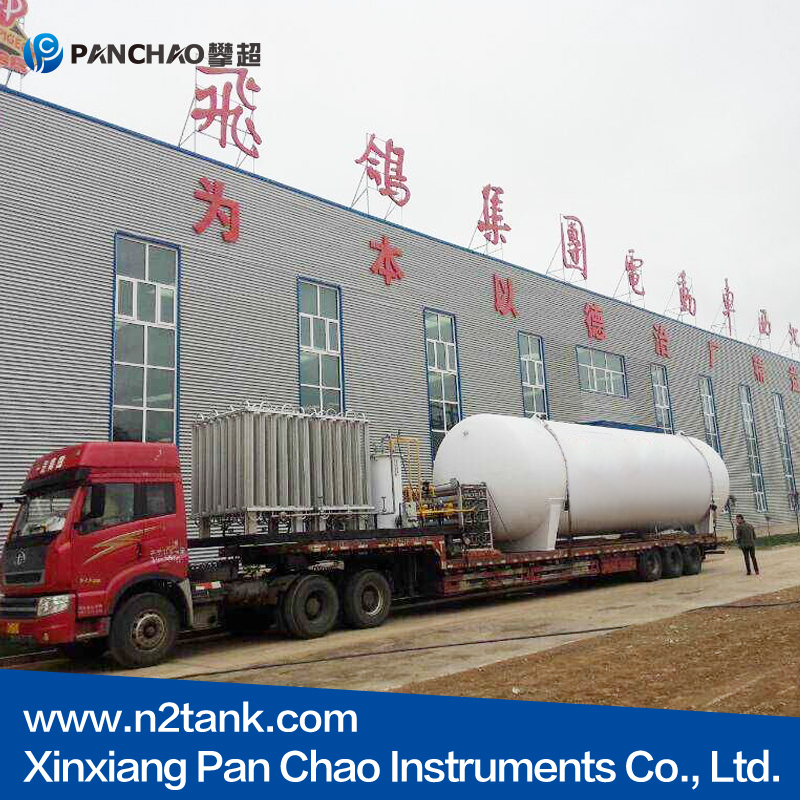
Cryogenic Liquid Tanks are available in vertical or horizonta...[more]
- 4GB150 pressure vessels cryogeni
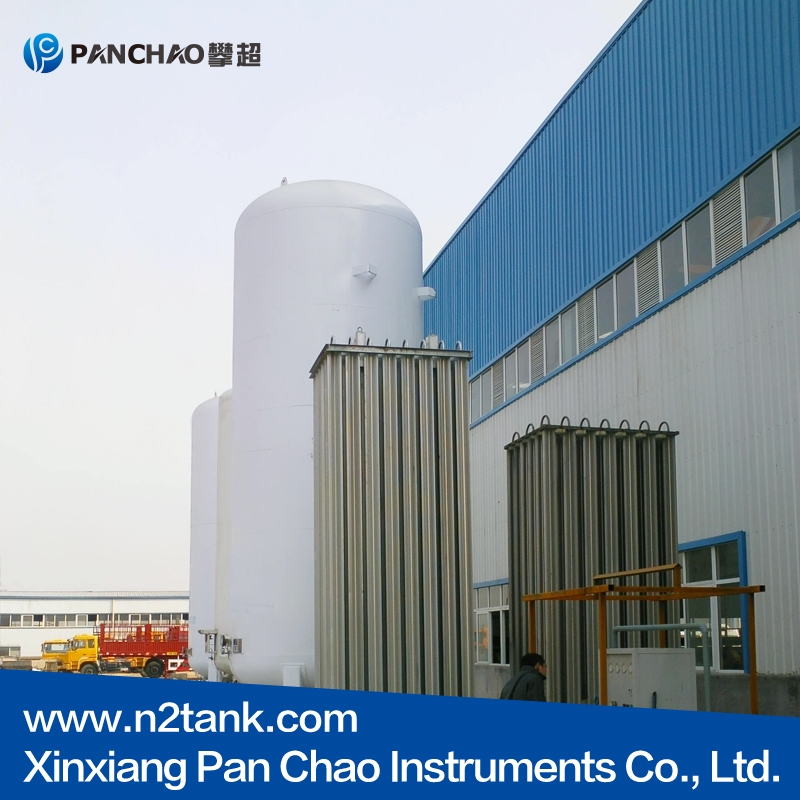
Cryogenic Liquid Tanks are available in vertical or horizonta...[more]
- 5New double Vertical cryogenic L
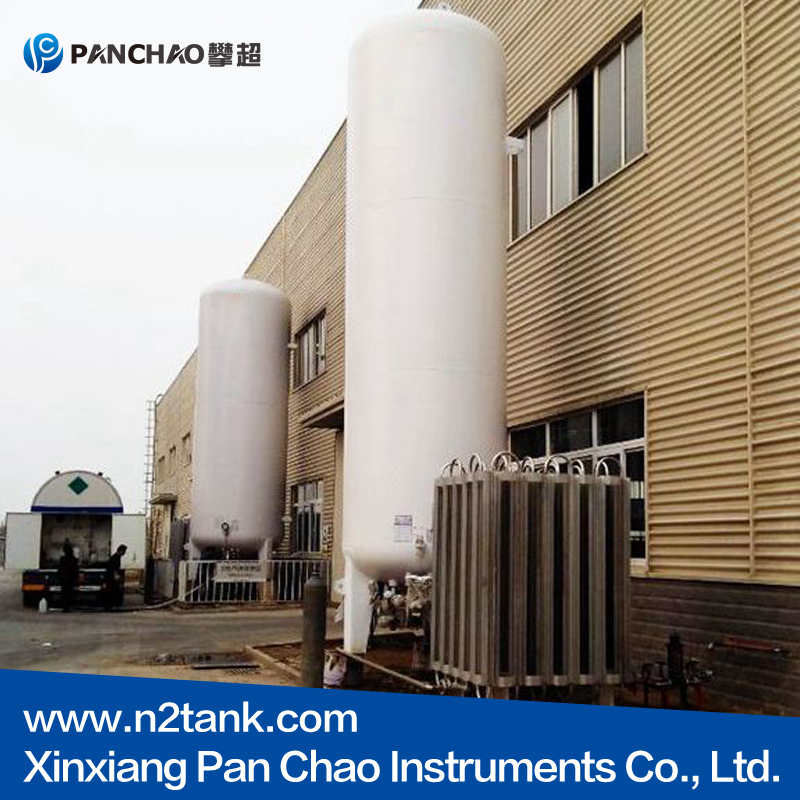
Cryogenic Liquid Tanks are available in vertical or horizonta...[more]
Rankings Of Similar Articles
- Here’s the Right Way to Clean and Defrost for Liquid Nitrog
- Don't ignore the accessories of the liquid nitrogen tank
- Why does the liquid nitrogen tank need to be vacuumed regular
- How Long is the service life of a liquid nitrogen tank? Start
- What are the misconceptions when adding liquid nitrogen?
- How long is the service life of a liquid nitrogen tank? Start
- Is it safe to transport liquid nitrogen tanks? The design of
- Does the inner container determine everything? Deep analysis
- Is liquid nitrogen evaporating quickly or not?
- What are the requirements for the lid of a liquid nitrogen ta
Latest Information
- Hot sale thawing cup
- Storage of liquid nitrogen tank
- Application of liquid nitrogen tank in heat treatment field
- Liquid nitrogen tank for nitrogen station
- What is the liquid nitrogen tank made of?
- What is the liquid nitrogen tank made of?
- How to safely use liquid nitrogen tanks?
- Hot selling YDZ liquid nitrogen tank
- Environmental protection and sustainability of liquid nitroge
- Hot selling liquid nitrogen tanks in March

